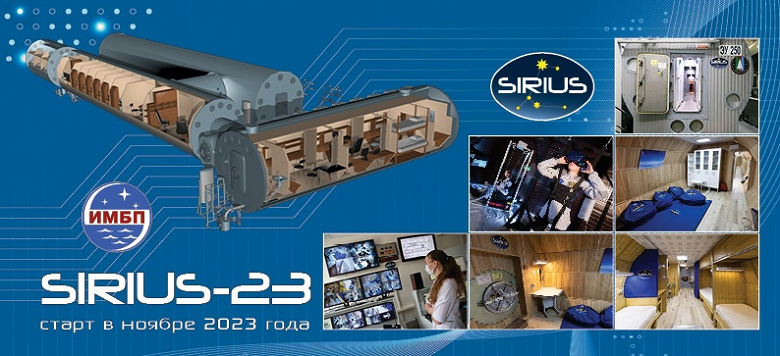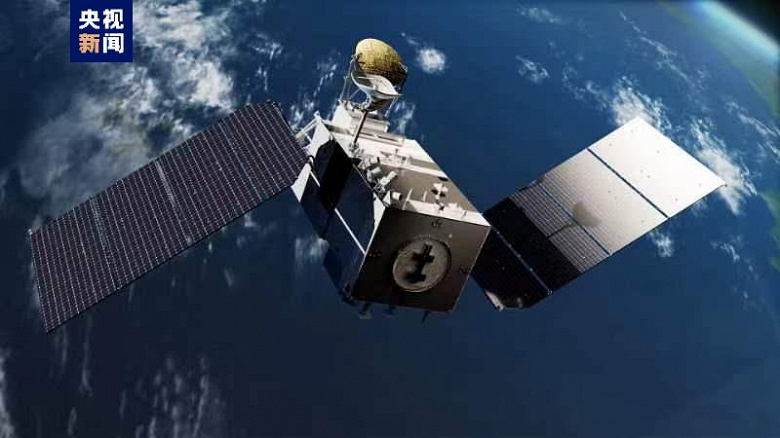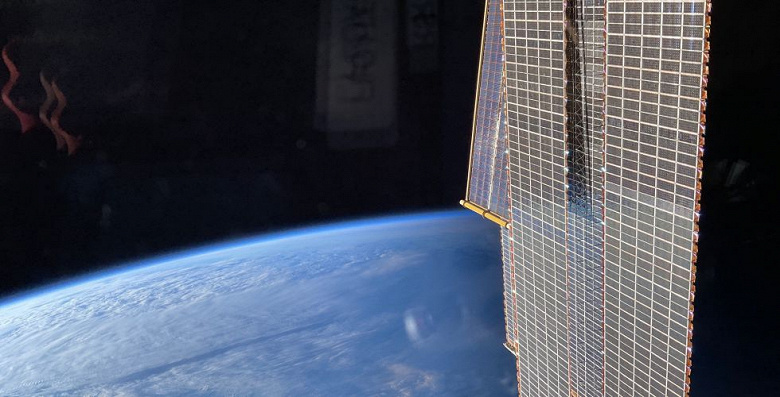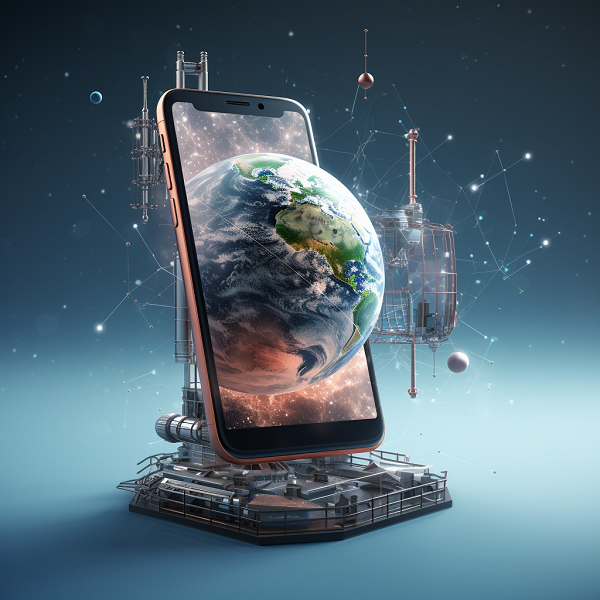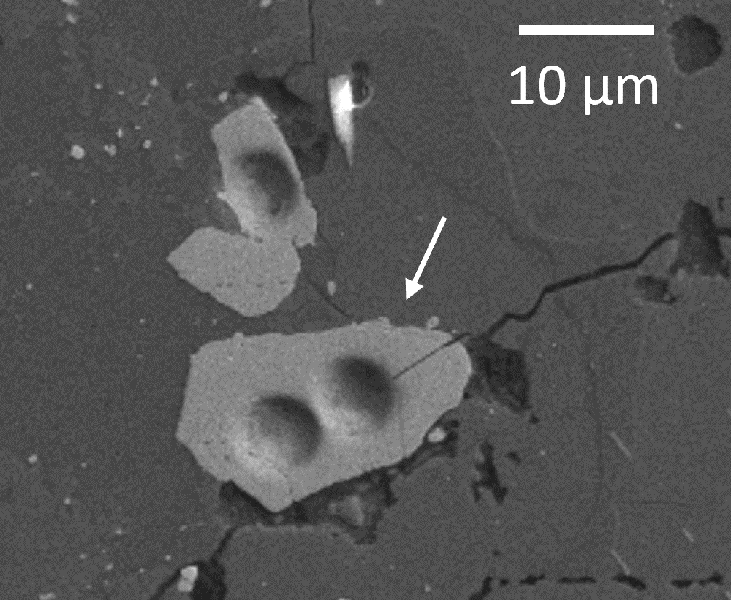NASA has begun to create the Internet on the moon
NASA is conducting and coordinating work to create the Internet on the Moon, which will be the first step towards the solar system’s Internet. This will definitely be different from the terrestrial communication scheme since the data will have to be transmitted with a delay and from fast-flying objects. Besides, communications with space objects will be subject to all kinds of interference, which will impose its requirements on protocols and standards.

According to NASA, an equal sign cannot be put between the earth’s Internet and the lunar. We should think about LunaNet right away. At the heart of the lunar communications network is to use Fault-Tolerant Networking (DTN) protocols. Such protocols rely on staging mechanisms along with automatic retransmission. NASA began working on the DTN elements in 1998 as an Interplanetary Internet project. This project was later transformed into a solar system interconnected network (SSI) program with DTN at its core.
Message buffering will require on-site processing and storage systems to not drive a lot of unnecessary information over truly cosmic distances. Such systems will be built based on edge (peripheral) computing technologies, which are already being implemented on Earth. Signal relay stations will also play a significant role in the future LunaNet network. For example, without relay satellites, it is impossible to communicate with the moon’s far side. But in the case of LunaNet, individual communication nodes and even terminals can become a relay station.
The first project to test communications on the Moon by the cellular type will be Nokia’s implementation of development. Last year, Nokia signed a $ 14.1 million contract with NASA. The company has developed a base station for placement on a lunar descent vehicle and a lunar rover terminal. Equipment prototypes are currently being tested in the mountains of Spain. The company evaluates attenuation, reflection, absorption, and signal strength in conditions close to the lunar landscape. On the moon, the equipment will be tested on the lunar rover, first at a distance of up to 300 meters and several kilometers.
